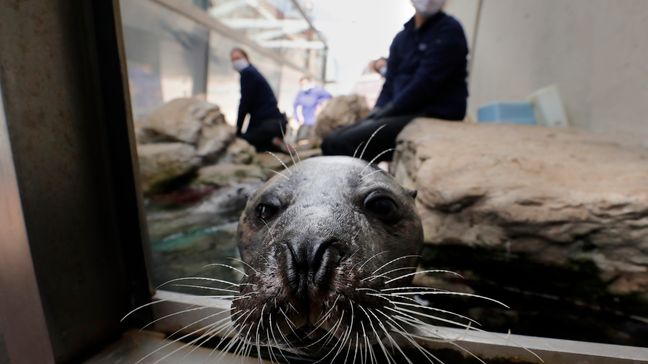Interactions between avian influenza and various biological groups in the unique ecosystem of Puget Sound continue to raise concerns. This article will explore the impacts of avian influenza, response measures, and potential links to nearby harbor seals and pinnipeds.
Since the 1990s, avian influenza has spread globally, posing a serious threat to poultry and wild birds. The virus spreads through the air and causes fatal infections in birds. In order to cope with this challenge, governments in many countries and regions have taken proactive preventive measures, such as regular disinfection and isolation of infected groups. Although these measures have achieved certain results, outbreaks of avian influenza continue to occur in some areas.
In Puget Sound, harbor seals and pinnipeds have become important subjects for studying the spread of avian influenza. Harbor seals are mammals that live in coastal areas and are often in contact with birds, which may lead to the spread of avian influenza viruses. Pinnipeds, such as seals and sea lions, are also susceptible to viruses. Research suggests harbor seals may play a much more important role in the spread of the virus than previously thought. This makes the prevention and control of avian influenza in the Puget Sound region more complicated.
To better understand the spread of avian influenza in the Puget Sound region, researchers monitored infections in harbor seals and pinnipeds. By analyzing these data, they found that harbor seals may be an important vector for virus transmission, and pinnipeds may become one of the hosts of the virus. These findings are of great significance for preventing and controlling the spread of avian influenza.
Overall, the spread of avian influenza in the Puget Sound region is a complex issue involving multiple groups of organisms and potential transmission pathways. In order to effectively prevent and control the spread of the virus, we need to further strengthen research and understand the interaction between the virus and the ecosystem. At the same time, the implementation of stricter isolation and disinfection measures is also necessary to minimize the impact of the virus on local biodiversity. It is also critical for people living near Puget Sound to understand and prevent the spread of avian influenza. This challenge can only be better addressed by deepening our understanding of the mechanisms of viral transmission in this ecosystem.



